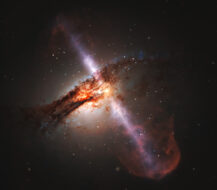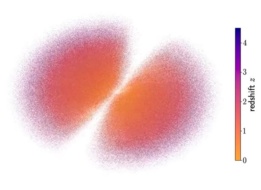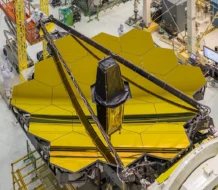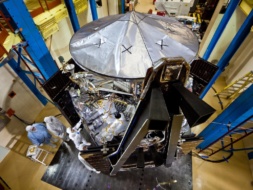Peering through the light-warping haze of the atmosphere at twilight, astronomers made a rare discovery: Three huge near-Earth asteroids, each capable of causing the next mass extinction event on Earth.
Now, before I get ahead of myself, these asteroids aren’t headed for Earth. Two of the three will orbit completely inside Earth’s orbit, never crossing, in perpetuity. There’s a small possibility that the third, 2022 AP7, could end up on a collision course with us sometime in the next couple thousand years—but that’s a problem for later.
The discovery of these asteroids was lucky because of their location within Earth’s orbit. To date, researchers have identified ~27,000 near-Earth asteroids. Only about 25 of those orbit between the Earth and Sun.
The glare from the Sun makes it incredibly difficult to spot faint objects like asteroids from ground-based instruments in this region, and impossible from space telescopes, which have to face away from the Sun so they don’t fry their instruments.
For the Víctor M. Blanco four-meter telescope at Cerro Tololo Inter-American Observatory in Chile, operated by NOIRLab, timing is everything. There are only two 10-minute windows each evening when the lighting conditions are dim enough that the telescope can survey the horizon for asteroids lurking in the Sun’s direction. And at those times, the telescope has to look through the Earth’s atmosphere, which distorts its observations and adds another layer of complexity for researchers hoping to spot faint objects.
Though looking for asteroids between the Earth and Sun is a tough task, scientists have high confidence that they’ve done it well. At this point, there are probably only a few “planet killers,” or asteroids larger than ~1km across, left to find, lurking somewhere in the Sun’s vibrant glare.
Happy hunting.




